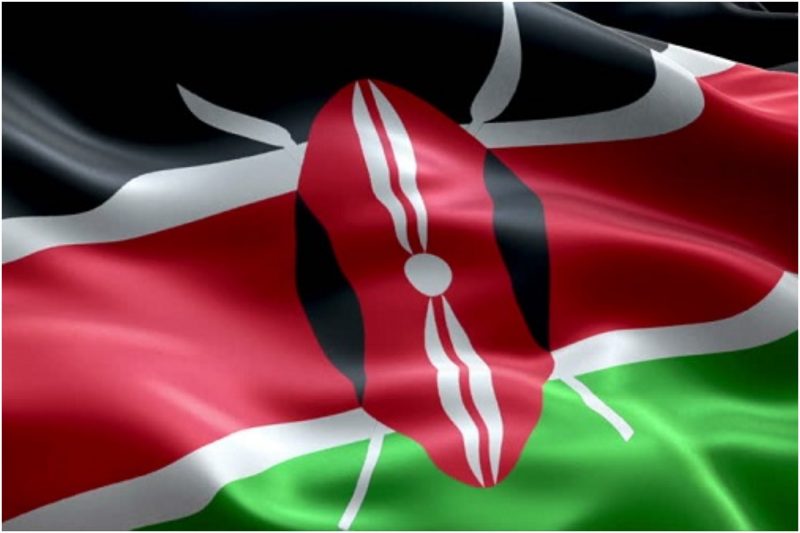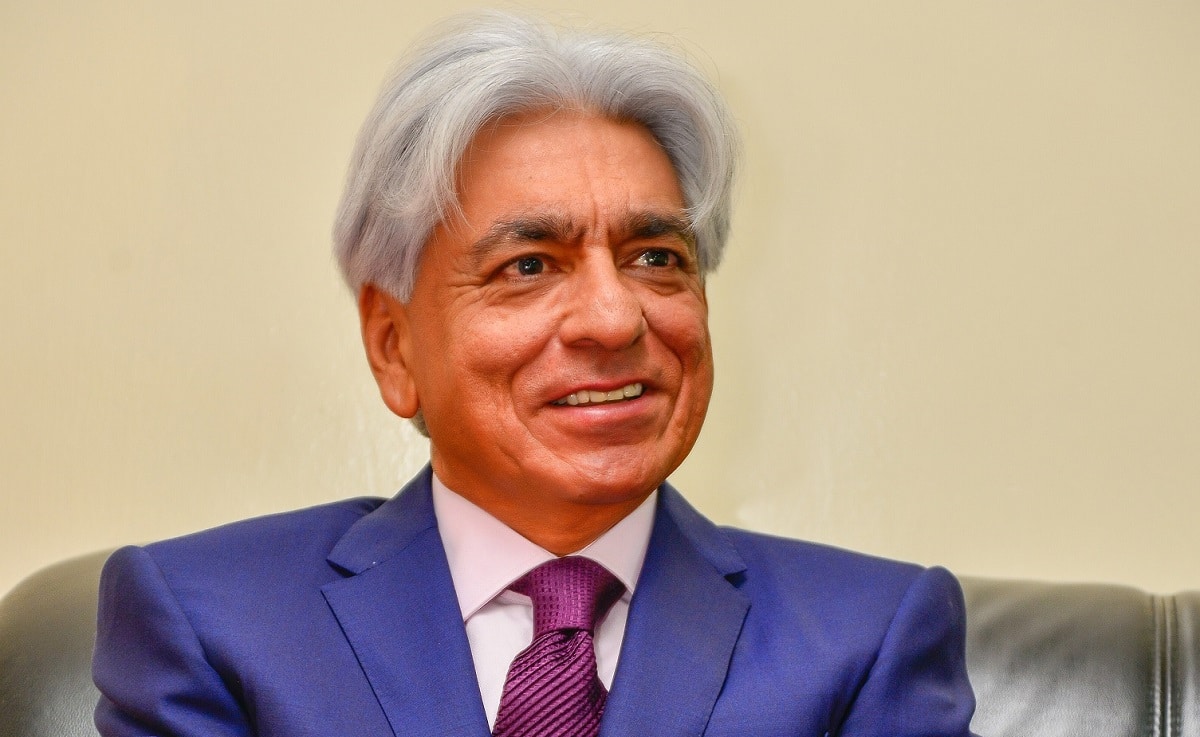The Kenya national anthem has had a fettered history and yesterday, Kenya’s chorus of independence found itself mired in controversy. Reports, originating from social media and that found themselves into the mainstream media space, alleged that the nation’s patriotic song had been copyrighted by the British firm De Wolfe Music.
As is commonplace among the Kenyan social media fraternity, this caused ire as many sought to understand just why this esteemed piece of Kenyan art, originated by its citizens and performed at the nation’s most historic moments, was left loose by the government.
It sounds as if De Wolfe ambushed Kenya and ‘stole’ its national anthem from underneath its nose . Those with imaginative minds may even conjure up images of the UK firm acting as a [De] Wolfe in sheep’s skin so as to achieve this.
It certainly does not help that the country has in the past been faced with similar standpoints, a key moment being Kenyans feeling robbed when they learnt that the traditional kiondo baskets are patented in Japan.
With a British firm’s failed attempt to register the kikoy also serving as a reminder, the national anthem copyright saga places special focus on the awareness of intellectual property rights.
READ : HOW FACEBOOK INFLUENCED KENYANS LIVES
Despite this, the Kenya Copyright Board (KECOBO) was quick to respond on the copyright claims, stating that the claims by De Wolfe (and others) over the national anthem were invalid.
In a statement on February 5, KECOBO said according to copyright laws in Kenya, the claims fell short of the standard.
However, the copyright body said that tighter laws need to be instituted in the Copyright Act so as to better safeguard the rights to the country’s anthem. As a body within a position to influence policy, KECOBO should be first in steering this process.
A complication arising though concerns the fact that the discovery of what is now a copyright saga came from a YouTube interaction, where Kenya’s national anthem was flagged in a video after a copyright claim from De Wolfe.
“KECOBO is at the moment studying the terms and conditions in YouTube platform with a view to requesting for take down of all content offending the National Anthem by the said company and others,” the copyright body said.
It brings in the muddy waters exemplified by the digital age, where control of copyright is far more difficult than it used to be.
READ : CEO DIES, SH14 BILLION OF INVESTOR MONEY STUCK
Similarly though, it asks a very viable question of whether the strict adherence to copyright laws favours certain countries over others.
That was certainly the case in as far as kiondos are concerned.
According to Intellectual Property blogger Victor Nzomo writing in 2011, the kiondo case revolved around expired product patent, a loophole which Japan ceased upon.
It is this sort of reasoning that seems to govern De Wolfe, or whoever else lays claim to the Kenyan national anthem.
KECOBO made it clear that the copyright protection of the national anthem lasts for 50 years before transferring to the public domain. This may mean that the anthem is now free, although other laws governing national symbols continue to govern it.
Copyright claims on Kenya National Anthem by Dewolfe Music and others are invalid. We are working to remedy this situation. pic.twitter.com/EUJPEdgeg5
— Kenya Copyright Board (@KenyaCopyright) February 5, 2019
An Editorial in The Star also made the assertion “De Wolfe’s claim will not carry weight in international courts of law. National anthems are in the public domain all over the world and people can use or play the tune so long as they do not parody it.”
“Special performances or arrangements of the national anthem may be copyrighted but there cannot be a general copyright of a national anthem.”
The question that must be asked however, whether there is need for laws governing such ‘obvious’ origins of intellectual property, such as national anthems, kiondos and kikoys.
SEE ALSO : JUMIA WANTS TO BREAK SPEED DATING WORLD RECORD













3 Comments